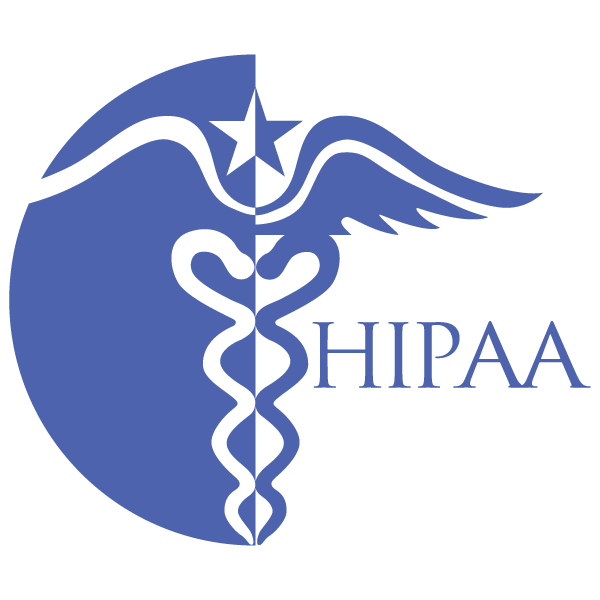Mikroscan is not a covered entity or a business associate of a covered entity. However, covered entities use Mikroscan-manufactured devices, systems, and software to enable the covered entity to transmit health information in electronic form.
Depending on the policies and procedures of the Health Care Provider, slide images that are scanned by the Mikroscan system may contain Protected Health Information. It is the responsibility of the Health Care Provider to ensure adequate security of this electronic information following HIPAA regulations and any other applicable requirements.
In the normal course of business, Mikroscan does not typically receive PHI. However, if Mikroscan receives suspected PHI from a covered entity, Mikroscan will:
(a) contact the sender to request direction on the actions to address all
possible PHI, and take action accordingly.
(b) not copy or record any of the materials received, either physical or electronic copies, until the PHI is redacted (removed or eliminated).
Remote connectivity to the Mikroscan system uses Splashtop software. For details on how Splashtop software addresses HIPAA compliance, please visit: www.splashtop.com/compliance



